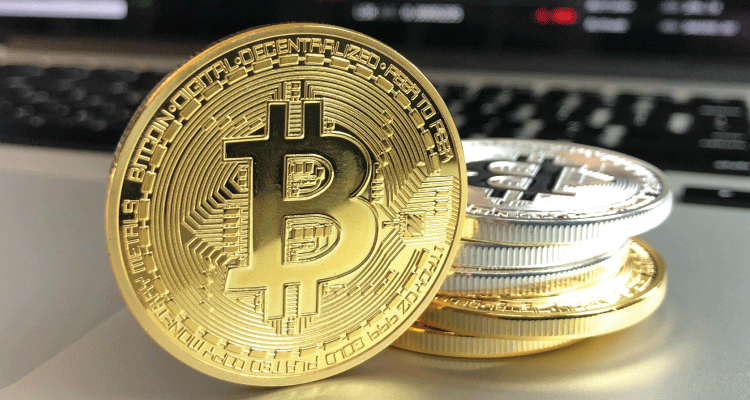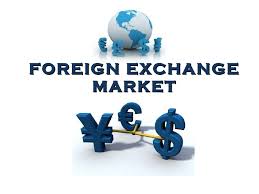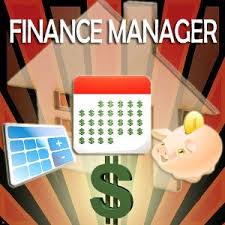The foreign exchange market is the market in which firms, banks, individuals buy and sell foreign exchange. These markets for any currency like indian rupee comprises of all the locations where rupee is bought or sold for any other currencies.These different monetary centres are in constant contact with each other through internet and video screens and thus form a single international foreign exchange market.
Participants
a) Traditional users like exporters, importers, tourists, traders and speculators who need to pay for international transactions
b) Commercial banks which buy or sell currencies from the above traditional users
c) Brokers which act as an intermediary between commercial banks and traditional users
d) Central banks which regulate the exchange rate by either buying or selling foreign currencies
Functions
The main function is the transfer of funds or purchasing power from one country to another.The demand for these funds arises when:-
a) Tourists visit different countries and they need to exchange their national currencies with the currency of the country they are visiting
b ) Short term credit provision to finance trade between countries through various credit instruments
c) To transfer of funds from one currency to another country’s currency
d) To facilitate avoidance of foreign exchange risks or for speculation and hedging.
Equilibrium in foreign exchange market
Let us assume two nations India with rupee (₹) and United Kingdom with pound (£) as the foreign currency.The exchange rate between rupee and pound is equal to the number of rupees needed to purchase one pound.That is,
R= ₹ /£
Under a flexible exchange rate system like we have today, the equilibrium exchange rate is determined at the intersection of market demand and market supply for pounds.
As shown in the diagram the horizontal axis measures the quantity of pounds whereas the vertical axis measures the exchange rate.
Market supply (SS) and demand curves (DD) for pound intersect at point E where the equilibrium exchange rate is R =2 (quantity demanded of pounds =quantity supplied of pounds =30 million per day).
At R =3, the quantity of pounds supplied (B) is greater than quantity of pounds demanded (A),the exchange rate would fall toward the equilibrium.
At R =1,quantity of pounds supplied (D) is less than the quantity of pounds demanded (C) ,the exchange rate will increase toward the equilibrium.
Click here for government certification in Accounting, Banking & Finance





25 Comments. Leave new
Well written!
well explained
Great article!
well written
Good Article
Nice article.
Good work 🙂
Nicely Written 😀
A catchy presentation.. Keep going!
well written 🙂
Learnt something from this article.
Very well presented
Good one!
nicely written!!
Thank you all 🙂
Nice article
well explained
Well written.
Good work!
thanks
learned a lot new things from this post.
Very well presented
Well articulated!
Very informative well presented concising everything into a nutshell commendable job keep writing
Nicely described without using the heavy technical terms!
Got to learn something new